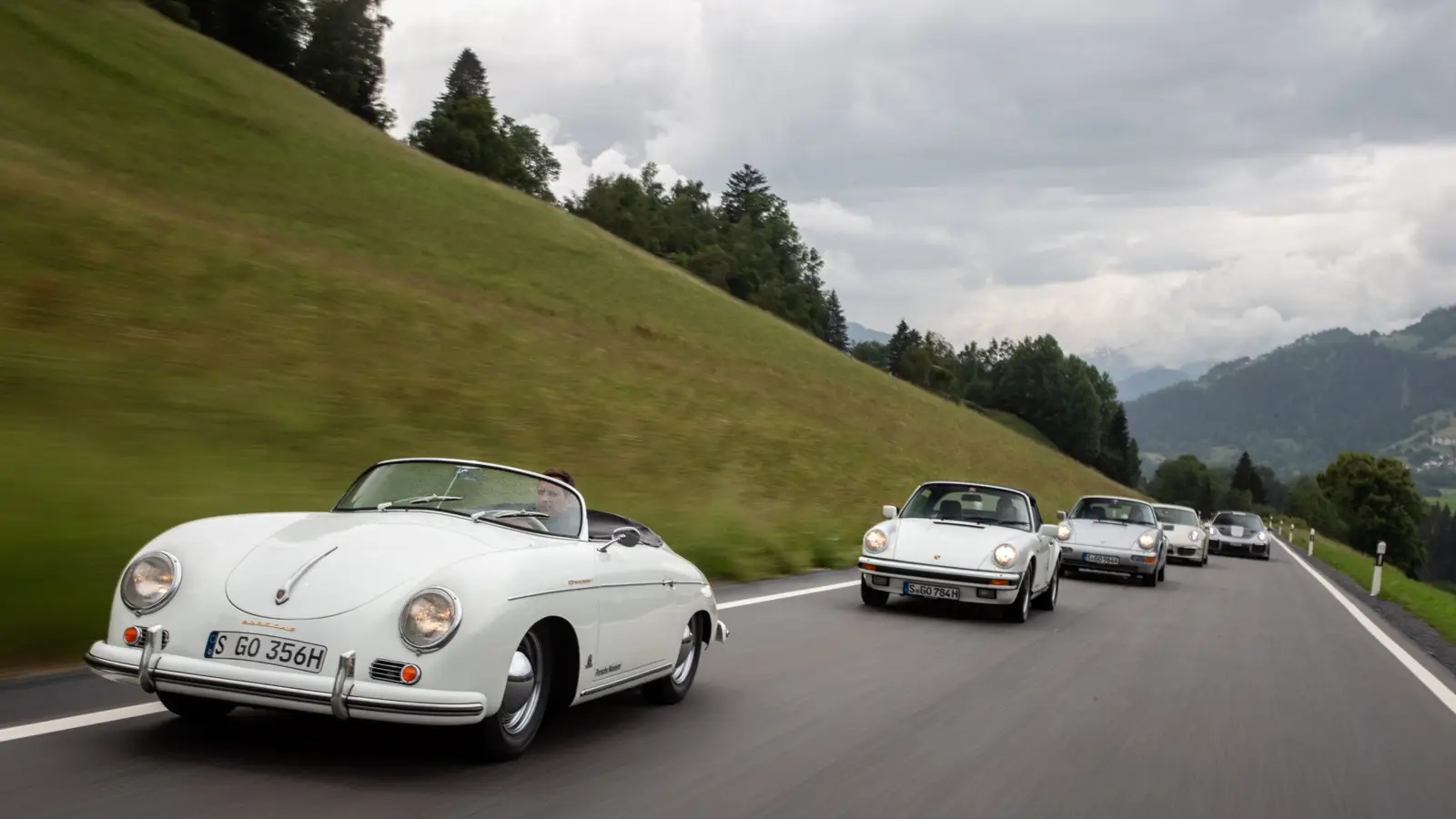Articles
What Happens to Iconic Cars After Their Peak Popularity

Explore how legendary cars evolve after their fame fades — from factory heritage programs to electric restomods and auction revivals in 2025.
The era of automotive icons doesn’t always burn bright then fade into obscurity. Instead, for many legendary cars, the spotlight simply shifts form one kind of adoration to another. What once captured headlines with sky-rocketing values and nostalgic fervour is now navigating a more nuanced afterlife—supported not just by collectors, but by manufacturers, regulators, and fans alike.
Take the collector-car market of 2025. Despite the adrenaline of recent years, reports show a plateau in values: the :contentReference[oaicite:0]{index=0} indexes, for example, recorded minimal movement in the first quarter. Some segments—particularly British sports cars—slipped 8-10 percent year-on-year. Meanwhile, vintage European exotics held up or even nudged upward. In short: the “bubble” hasn’t burst, but the ride has smoothed. (Hagerty Insider)
For the manufacturers behind those icons, the mindset has shifted. The goal is no longer just volume; it’s legacy. Programs like :contentReference[oaicite:1]{index=1} Classiche (global certification of authenticity) and :contentReference[oaicite:2]{index=2} Classic (online parts catalogue with more than 60 000 items) emphasize continuity of heritage. Even the rise of new limited-edition «continuation» models—such as :contentReference[oaicite:3]{index=3} Classic’s 2025 Defender Works Bespoke Soft Top—reveals how factories are giving icons a second life without simply re-releasing the same old script.
And then there’s the rise of restomods and electrified classics. The UK firm :contentReference[oaicite:4]{index=4} reports a 150 percent increase in overseas demand for its electrified British vintage cars in 2025. At the same time, :contentReference[oaicite:5]{index=5} unveiled its re-imagined Porsche 911 Carrera in May 2025, blending retro design with modern performance. These developments suggest that icons don’t just rest—they evolve.
This evolution also plays out under regulation. In London, vehicles in the “historic” tax class (often 40+ years old) remain exempt from the Ultra Low Emission Zone (ULEZ) charge, and they face fewer constraints on MOT testing. The result? For many owners and investors, the road remains open. Meanwhile in the U.S., the 25-year import rule continues to feed demand for younger «classic» models.
Museums and exhibitions are part of the story too. The :contentReference[oaicite:6]{index=6} opened its “Wedge Revolution” exhibit in August 2025, celebrating design icons from 1965–1985; across the pond, the :contentReference[oaicite:7]{index=7} in Beaulieu launched “Icons of F1” in May. These venues show how celebrated cars transition into cultural artefacts, archived and adored rather than purely driven.
But what about market values and active use? Auctions remain lively—:contentReference[oaicite:8]{index=8} reported US\$165.3 million in sales at its 2025 Monterey event, with 87 percent of lots sold and multiple records set, including a charity Ferrari Daytona SP3 fetching roughly US\$26 million. Still, the increasing selectivity of buyers is unmistakable.
In parallel, official support programs for “young icons” are gaining traction. Porsche Approved’s warranty now covers up to 15 years, and its Certified Pre-Owned (CPO) scheme spans the current model year plus the previous 13 years, signalling that manufacturers expect their sports cars to become tomorrow’s classics—and want to ease that transition.
Putting it all together: the life of a celebrated car after its peak isn’t about decline—it’s about transformation. From headline-grabbing auction records to steady value maintenance; from being driven hard to being displayed and preserved; from nostalgia to innovation. Icons aren’t retiring, they’re adapting.
Looking ahead, one cautious prediction emerges: as the collectible-car market matures, fewer dramatic jumps in value are likely—but a deeper stratification may appear. Top-tier exotics and factory-backed restomods might continue to outperform, while more common models drift into patient, long-term hold territory. For manufacturers, the future is clear: foster heritage, support ownership, and keep the machines relevant in changing times.
In short: the moment of peak popularity may pass, but for the right car, the real story begins after the roar.
2025, Nov 11 11:59


